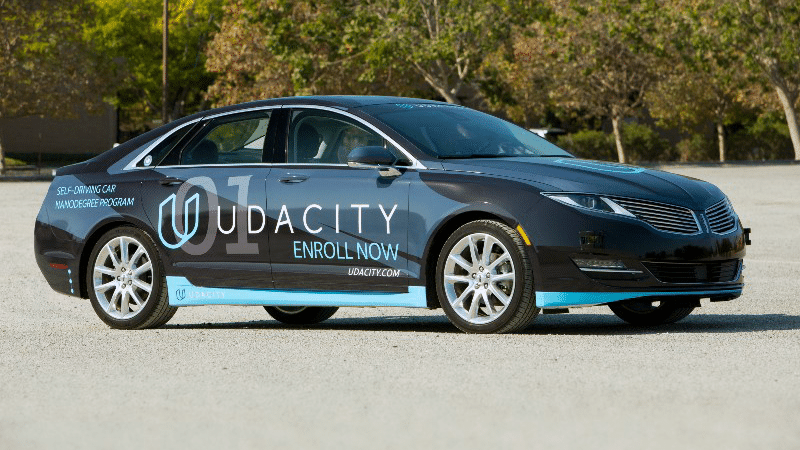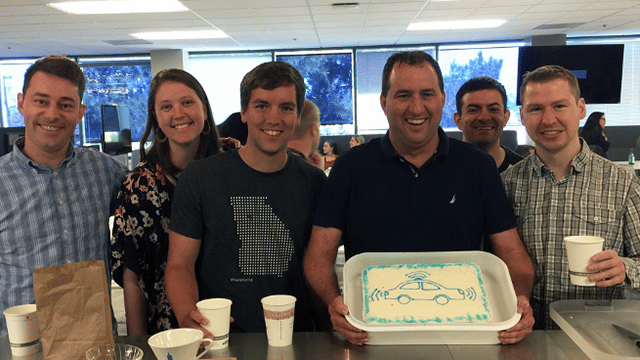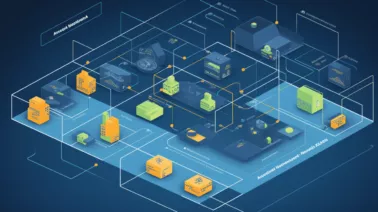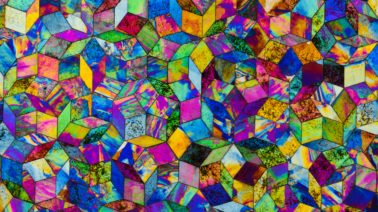Are you interested in building groundbreaking learning experiences for passionate lifelong learners? Consider a career at Udacity!

Bringing a new team member on to a Nanodegree program team is a huge decision, but it’s critical to the process of evolving our efforts to always provide the best learning experience possible for our students.
I’d like to share some insights as to how we go about choosing the right team members for the Udacity Self-Driving Car Engineer Nanodegree Program.
We start by fully understanding the role we’re hiring for. As an example, we’re currently hiring for content developers, and a product marketing manager. I’ll focus on the content developer role for our purposes here.
In the interview, we like to try and simulate what candidates will actually do on the job. So what does a content developer at Udacity do?
Content Developers at Udacity
Content developers design and teach Udacity’s courses and Nanodegree programs. Building these offerings is a multi-step process, but it all starts with understanding the employment landscape, and then works backwards from there. Udacity—and the Self-Driving Car team in particular—is very jobs-focused.
First, we research what job we want to prepare students for.
Second, we talk with hiring managers at other companies to verify what skills we need to teach students, in order for them to get that job.
Third, we build a series of projects for students to complete, so they can demonstrate that they have those skills, so they can get that job.
Fourth, we design the lessons that we will teach students, so that they can build the projects, to demonstrate the skills, to get the job.
Fifth, we script the instructions, to fill out the lessons, so that students can build the projects, to demonstrate the skills, to get the job.
Sixth, we sketch the slides, to supplement the scripts, to fill out the lessons, so that students can build the projects, to demonstrate the skills, to get the job.
Seventh, we construct quizzes, to solidify students’ knowledge from the slides and scripts, so that they learn the lessons, to build the projects, to demonstrate the skills, to get the job.
Content developers work all along that pipeline. They do other things, too.
Example: a short video I built with Bryan Catanzaro from NVIDIA.
Screening New Candidates
The next step is to screen candidates who have applied directly, or been referred by a Udacity employee. We review CVs, and, if the candidate submits them, LinkedIn profiles, GitHub repositories, and other portfolios.
Knowing that screening is an inexact art, we evaluate technical ability, writing ability (if applicable), teaching experience, and consider how the candidate might contribute to the diversity of our team.
Interviewing Candidates
As I noted above, we want the interview to simulate what content developers do on the job. This helps candidates get a sense for whether this is a role they would like, and it helps us estimate whether a candidate is a good fit.
An interview typically involves working on various pieces from that pipeline I described. It might involve a coding exercise, which simulates building projects for students. Or it might involve writing, which simulates scripting. Or it might involve mapping job skills to a project portfolio. And so forth.
Udacity puts a lot of emphasis on interview consistency across candidates, so for any given open position, we try to set a team interview structure and stick to it.
Making a Final Choice for The Self-Driving Car Engineer Nanodegree Program
One of the things that’s really important for me in the hiring process is humility.
Interviewing is hard, both for the interviewer and the interviewee. Studies on hiring and selection show that even the best interview techniques only somewhat correlate with job success. Terrific candidates sometimes have lousy interviews. And sometimes candidates that have amazing interviews turn out to be a bad hires.
We try our best to select great hires, and I’m really proud of the team we’ve built, but it’s important to keep in mind our own limits. None of us are perfect, and neither are those who interview with us. We’re all trying our best.
It’s also important to remember that candidates have options, and interviews are a two-way street. Certainly we are evaluating candidates during the interview process, but candidates are also evaluating us. Our goal is to be the employer of choice for every candidate. To achieve this, we must approach every interview opportunity with preparation, rigor, kindness, and respect.
Udacity has been a great place to work for me, and we have a great team. Join us 🙂

Interested in building a career as a Self-Driving Car Engineer? Apply to one of our Nanodegree program today!


